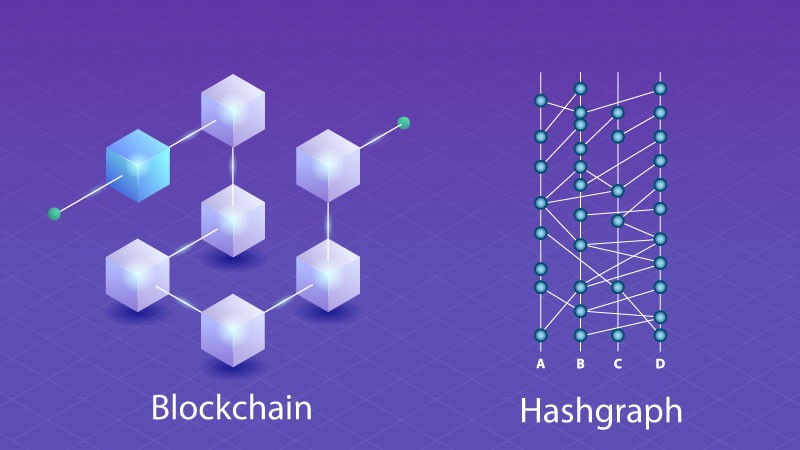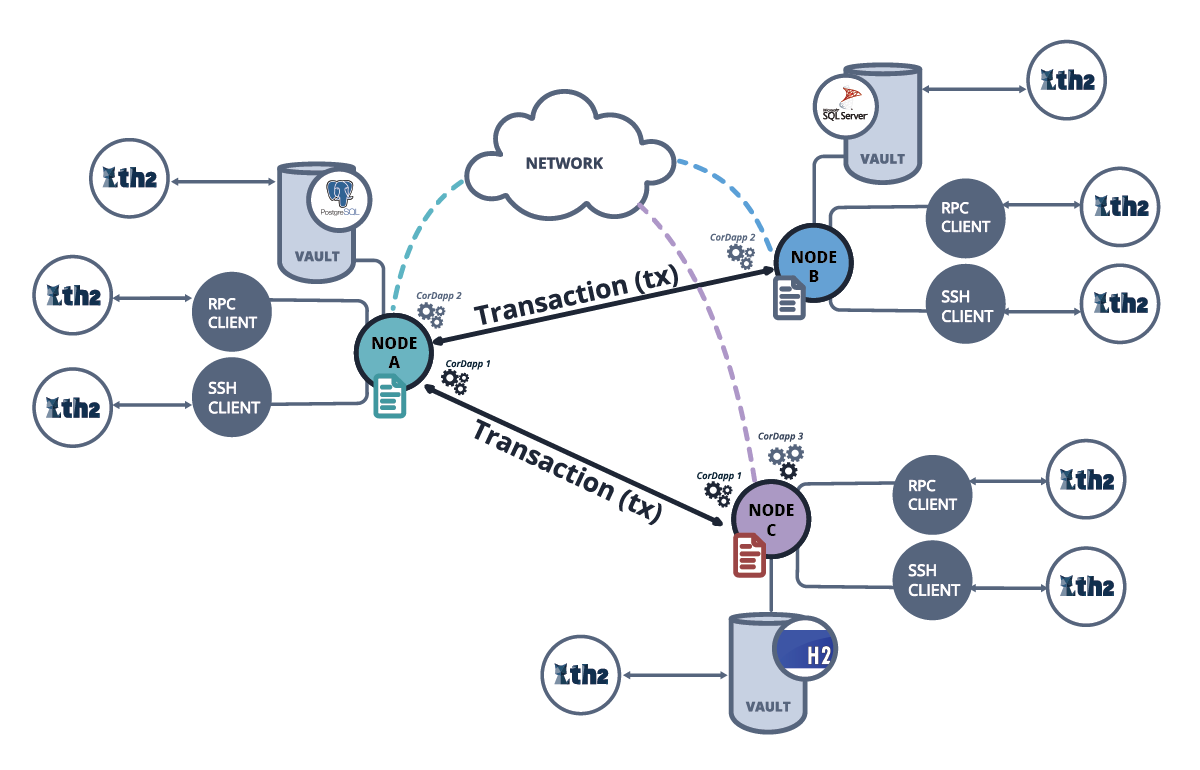
Hashgraph Blockchain: Advancing Consensus and Scalability
The Hashgraph blockchain has emerged as a disruptive force in the world of distributed ledger technology. This article explores the key features of Hashgraph, its consensus algorithm, and how it addresses scalability concerns, making it a compelling option in the blockchain landscape.
Understanding Hashgraph Technology
Hashgraph is a distributed ledger technology that employs a unique consensus algorithm known as the Hashgraph consensus. Unlike traditional blockchain architectures, Hashgraph utilizes a Directed Acyclic Graph (DAG) to achieve consensus. This innovative approach offers several advantages, including high throughput, low latency, and fairness in transaction order.
Hashgraph Consensus Algorithm
At the core of Hashgraph is its consensus algorithm, which combines two essential components: gossip about gossip and virtual voting. Gossip about gossip involves nodes sharing information about the information they have received, creating a reliable record of the order in which transactions are observed. Virtual voting then enables nodes to collectively agree on the order of transactions, achieving consensus without the need for resource-intensive proof-of-work mechanisms.
Scalability in Hashgraph
One of the notable strengths of Hashgraph is its inherent scalability. Traditional blockchains often face challenges with scalability due to the sequential nature of block confirmation. In Hashgraph, transactions can be processed asynchronously, allowing for parallel processing and significantly improving scalability. This makes Hashgraph well-suited for applications that demand high throughput and quick transaction confirmation times.
Fairness and Asynchronous Byzantine Fault Tolerance (ABFT)
Hashgraph introduces a fair ordering mechanism for transactions. Unlike some blockchain networks where the order of transactions can be influenced, Hashgraph ensures fairness through its consensus algorithm. Additionally, Hashgraph achieves Asynchronous Byzantine Fault Tolerance (ABFT), meaning it can maintain security and consensus even when some nodes in the network are malicious or fail to respond.
Applications of Hashgraph Blockchain
Hashgraph’s unique combination of high throughput, low latency, fairness, and scalability makes it applicable to various use cases. From financial transactions to supply chain management and decentralized applications (DApps), Hashgraph’s architecture positions it as a versatile solution for industries seeking efficient and secure decentralized systems.
Security Features of Hashgraph
Security is a paramount consideration in any blockchain technology, and Hashgraph addresses this with its robust consensus algorithm. The asynchronous Byzantine Fault Tolerance ensures that the network remains secure even in the presence of adversarial nodes. The fair ordering of transactions adds an additional layer of security, preventing manipulation of transaction order.
Comparison with Traditional Blockchains
Comparing Hashgraph to traditional blockchains underscores its unique advantages. While both technologies aim to create decentralized and secure ledgers, Hashgraph’s DAG structure and consensus algorithm offer distinct benefits, including faster transaction confirmation, higher throughput, and improved scalability. However, it’s essential to consider specific use cases and requirements when choosing between Hashgraph and traditional blockchains.
Challenges and Future Developments
Despite its promising features, Hashgraph is not without challenges. Achieving widespread adoption and addressing potential regulatory considerations are among the hurdles to overcome. However, ongoing research and development within the Hashgraph community aim to tackle these challenges, paving the way for its continued growth



